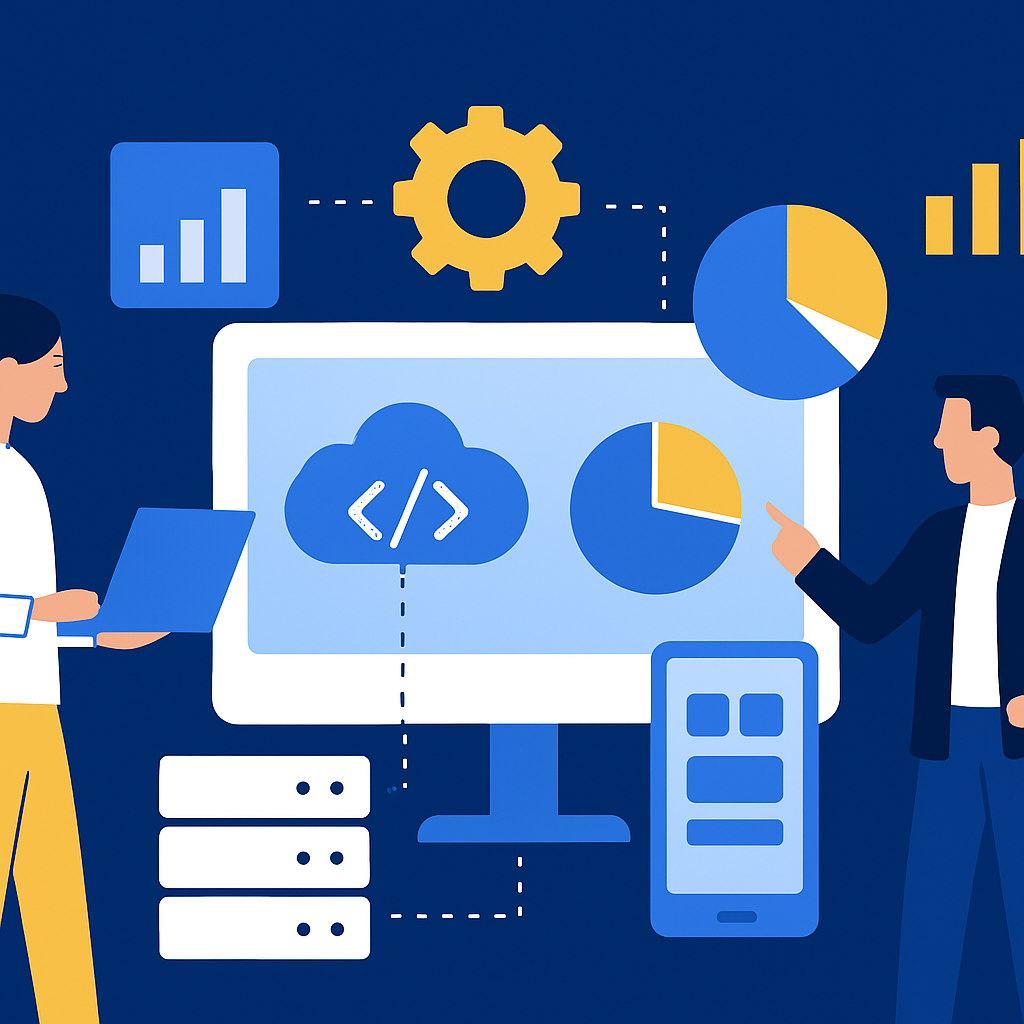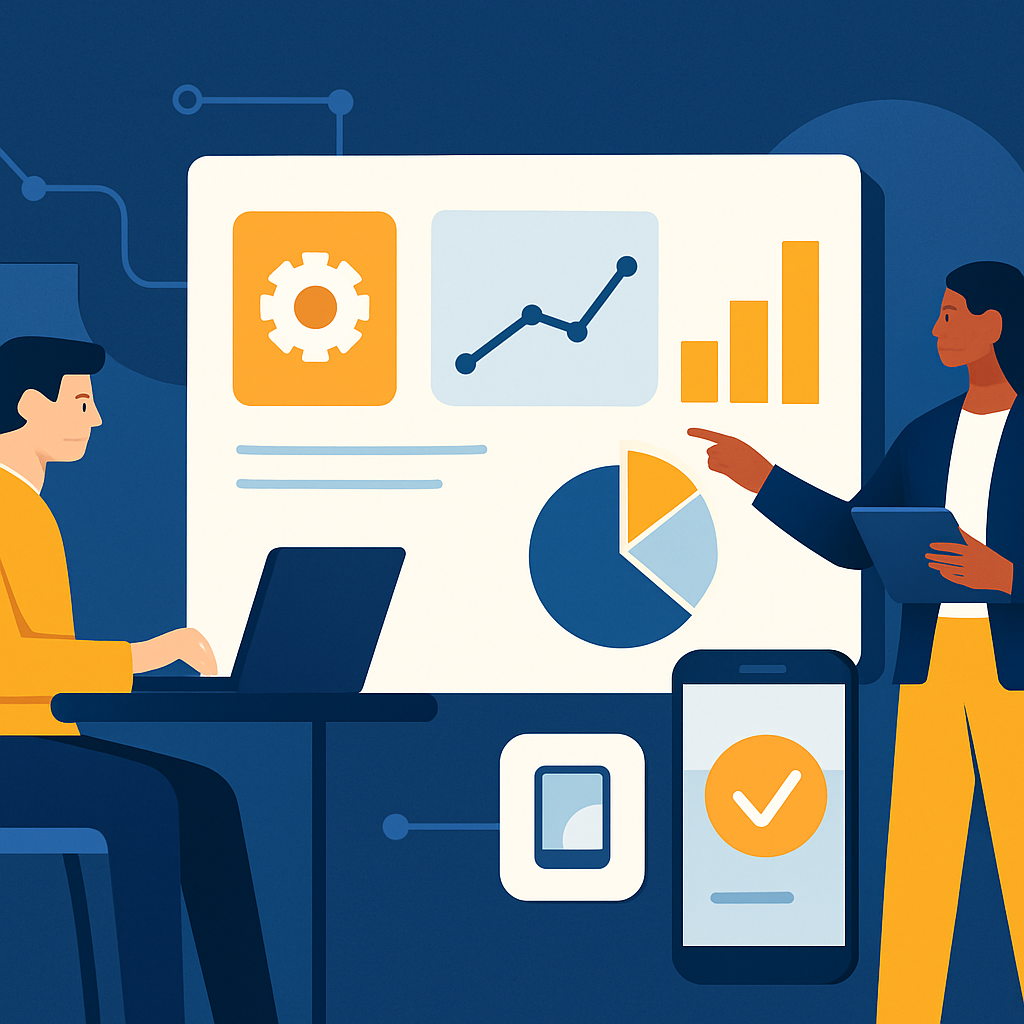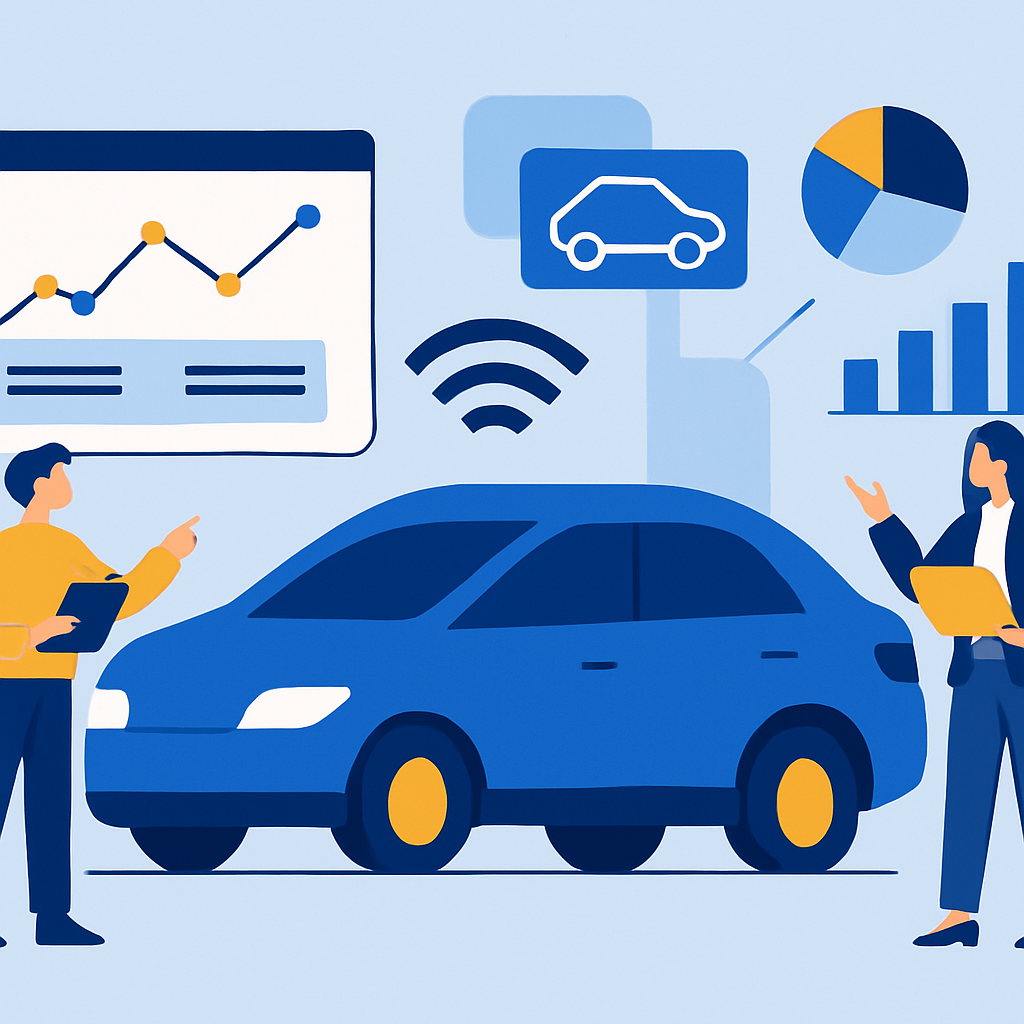The Legacy Application Dilemma
Every enterprise IT organization faces the same predicament with legacy applications. These systems run critical business processes, contain decades of refined business logic, and represent massive historical investments. Yet they also constrain innovation, consume enormous maintenance budgets, resist integration with modern systems, and create dependency on aging skills.
The traditional response—complete application rewrites—rarely succeeds. Rewrite projects take years, cost tens of millions, frequently fail to capture all business logic, and often get canceled before completion. Organizations are left with neither working modern systems nor functioning legacy applications.
2025 brings fundamentally different approaches to application modernization—strategies enabling incremental progress, managing risk, and delivering value continuously rather than betting everything on big-bang replacements.
Why Legacy Applications Persist
Understanding why legacy applications are so difficult to replace illuminates why modern approaches succeed where rewrites fail:
Undocumented Business Logic: Decades of business rules are embedded in code written by developers long gone. No one fully understands what the application does or why.
Integration Complexity: Legacy applications have hundreds of integrations with other systems, manual processes, and external partners built over years.
Data Complexity: Complex data models refined over decades with subtle relationships and constraints difficult to migrate.
Risk Aversion: Applications supporting critical business functions cannot tolerate disruption. "If it works, do not touch it" becomes organizational policy.
Opportunity Cost: Resources spent on rewrites cannot work on new capabilities delivering competitive advantage.
Modern Application Modernization Strategies
Strangler Fig Pattern
Named after strangler fig trees that gradually replace host trees, this pattern incrementally replaces legacy applications:
API Facade: Create API layer fronting legacy application. New functionality routes through this facade.
Incremental Replacement: Build new capabilities in modern technology. Route requests to new services while legacy handles remaining functions.
Gradual Migration: Over time, more functionality moves to new services. Legacy application shrinks until eliminated entirely.
Risk Management: Each increment is small, tested, and reversible. Business continuity maintained throughout.
This approach succeeds because it delivers value incrementally, manages risk through small changes, enables learning and course correction, and maintains business operations continuously.
Containerization and Kubernetes
Containerizing legacy applications without code changes enables immediate benefits:
Environment Consistency: Applications run identically across development, testing, and production eliminating environment-related failures.
Deployment Simplification: Container orchestration with Kubernetes automates deployment, scaling, and management.
Resource Efficiency: Containers use resources more efficiently than virtual machines reducing infrastructure costs.
Cloud Portability: Containerized applications run on any Kubernetes platform—on-premises, Azure, AWS, or Google Cloud.
Containerization is modernization foundation enabling subsequent architectural improvements without initial code changes.
Microservices Extraction
Systematically extracting bounded contexts from monolithic applications into microservices:
Domain-Driven Design: Identify business capabilities suitable for extraction—user management, payment processing, inventory management.
API-First Development: Build microservices with clear API contracts enabling independent evolution.
Data Decoupling: Microservices own their data preventing tight coupling through shared databases.
Independent Deployment: Each microservice deploys independently enabling faster innovation cycles.
Organizations extract high-value capabilities first—those requiring frequent changes or causing bottlenecks—delivering modernization benefits quickly while deferring stable legacy components.
Cloud-Native Modernization with Azure
Azure provides comprehensive platform for application modernization:
Azure App Service: PaaS hosting for web applications eliminating infrastructure management.
Azure Kubernetes Service (AKS): Managed Kubernetes for container orchestration.
Azure Functions: Serverless computing for event-driven workloads.
Azure API Management: API gateway providing security, throttling, and analytics.
Azure DevOps: CI/CD pipelines automating build, test, and deployment.
Migrating to these platforms modernizes deployment and operations even before application code changes.
Real-World Modernization Success
Manufacturing: ERP Modernization
A global manufacturer operated a 20-year-old custom ERP system handling order management, inventory, manufacturing, and financials. The application was mission-critical but increasingly constraining business growth.
Complete rewrite was estimated at $15M over 3 years with unacceptable risk. Instead, strangler fig modernization:
Year 1: API Layer and E-Commerce - Built API facade around legacy ERP. Launched modern e-commerce platform consuming these APIs. Legacy handled fulfillment while e-commerce delivered modern customer experience.
Year 2: Order Management Microservice - Extracted order management into microservice. E-commerce and sales tools used new service. Legacy gradually phased out for order processing.
Year 3: Inventory Microservice - Extracted inventory management. Real-time inventory visibility enabled across channels.
Results: E-commerce launched in 6 months delivering immediate revenue. Modernization delivered value continuously. Risk managed through incremental changes. Total modernization cost $6M versus $15M rewrite estimate with lower risk and continuous value delivery.
Financial Services: Core Banking Modernization
A regional bank operated core banking platform built in 1985. The system processed all accounts, transactions, and customer data but could not support digital banking innovation.
Modernization strategy focused on enabling innovation while preserving stable core:
API Enablement: Wrapped core banking with comprehensive RESTful APIs.
Digital Banking Platform: Built modern digital banking on Azure consuming core banking APIs.
Microservices for Innovation: New capabilities like real-time fraud detection and personalized offers built as microservices.
Gradual Core Migration: Customer and account data gradually migrated to modern databases while legacy system phased out.
Results: Digital banking launched in 9 months without touching core system. Innovation velocity increased 5x. Customer satisfaction improved significantly. Core system retirement on track over 5-year horizon with managed risk.
Healthcare: Patient Portal Modernization
A healthcare system's patient portal was built in 2005 using technologies no longer supported. User experience was poor but underlying systems contained critical health information.
Containerization and modernization approach:
Phase 1: Containerization - Existing portal containerized and deployed to AKS. Infrastructure modernized without code changes.
Phase 2: React Frontend - Built modern React frontend consuming existing backend APIs. Dramatic UX improvement with minimal backend risk.
Phase 3: Backend Microservices - Gradually replaced backend monolith with microservices using Azure Functions and App Service.
Results: Patient satisfaction scores increased 65%. Development team productivity improved 3x. Infrastructure costs decreased 40% through cloud efficiency.
Implementation Roadmap
Phase 1: Assessment and Strategy (4-6 Weeks)
Analyze legacy application architecture and dependencies. Identify business capabilities and modernization priorities. Define target architecture and technology stack. Develop phased modernization roadmap with business case.
Phase 2: Foundation Building (8-12 Weeks)
Establish cloud infrastructure and DevOps pipelines. Implement monitoring, logging, and security frameworks. Build API layer or facade around legacy applications. Containerize applications enabling modern deployment.
Phase 3: Incremental Modernization (Ongoing)
Extract and modernize high-priority capabilities. Deploy modern components alongside legacy. Continuously test and validate functionality. Gradually expand modernization scope based on learnings.
Phase 4: Legacy Retirement (Long-term)
Complete migration of remaining capabilities. Decommission legacy infrastructure. Consolidate data and eliminate redundancy. Optimize modernized architecture for performance and cost.
Technology Stack for 2025
Containers: Docker for containerization. Kubernetes (AKS) for orchestration.
Microservices: Azure App Service, Azure Functions, Azure Container Apps.
APIs: Azure API Management for API gateway. RESTful APIs with OpenAPI specifications.
Data: Azure SQL Database, Cosmos DB, Azure Cache for Redis.
Integration: Azure Service Bus, Event Grid for event-driven architecture.
DevOps: Azure DevOps or GitHub Actions for CI/CD. Infrastructure-as-code with Terraform or Bicep.
Observability: Azure Monitor, Application Insights for monitoring and diagnostics.
Critical Success Factors
Executive Sponsorship: Leadership commitment ensures resources and organizational priority.
Incremental Approach: Small, frequent releases manage risk and deliver continuous value.
Business Partnership: Close collaboration with business stakeholders ensures modernization delivers required capabilities.
Technical Discipline: Automated testing, CI/CD, and monitoring prevent quality degradation.
Skills Development: Training teams on modern technologies and practices.
Realistic Timeline: Modernization takes years, not months. Set expectations appropriately.
Common Pitfalls to Avoid
Big Bang Rewrites: Attempting complete replacement in single project maximizes risk and often fails.
Technology-First Thinking: Choosing technologies before understanding business requirements and constraints.
Insufficient Testing: Modernization without comprehensive testing creates quality issues undermining confidence.
Ignoring Data Migration: Underestimating data migration complexity and effort.
Neglecting Change Management: Users and operations teams need training and support for modernized applications.
Measuring Success
Innovation Velocity: Time to deploy new features and capabilities—target 50-70% reduction.
Maintenance Cost: Resources consumed maintaining applications—target 40-60% reduction.
Deployment Frequency: How often applications deploy—target shift from quarterly to weekly or daily.
Mean Time to Recovery: Speed of issue resolution—target 50%+ improvement.
Developer Satisfaction: Team morale and productivity working with modern versus legacy technologies.
The 2025 Modernization Imperative
Organizations delaying application modernization fall behind competitors leveraging modern architectures for innovation, efficiency, and customer experience. The gap widens each year.
2025 modernization strategies succeed because they manage risk through incremental progress, deliver value continuously, enable learning and adaptation, and maintain business operations throughout transformation.
Ready to modernize? Contact QueryNow for an application modernization assessment. We will evaluate your legacy landscape, develop phased roadmap, and guide implementation delivering measurable business value.


